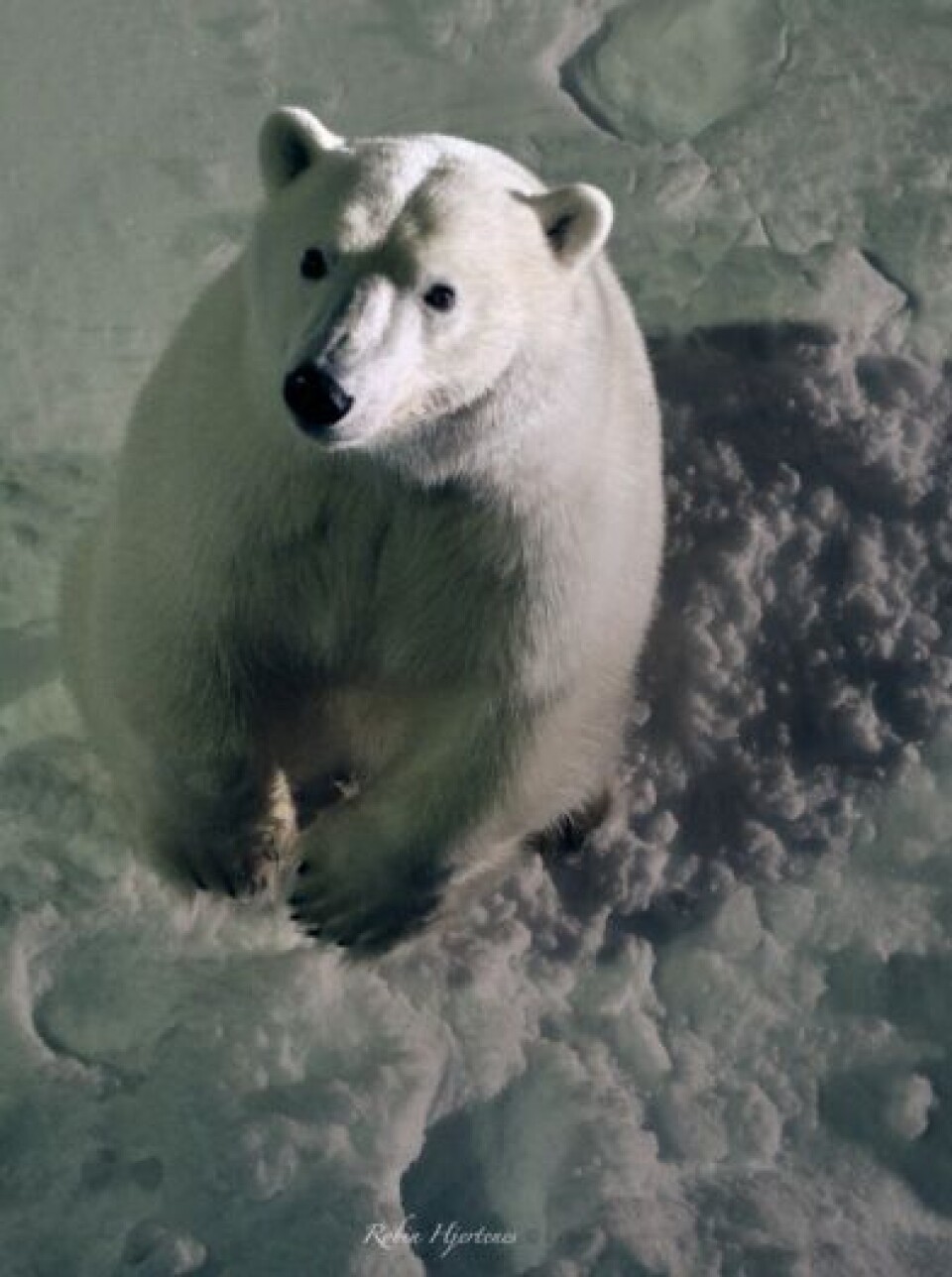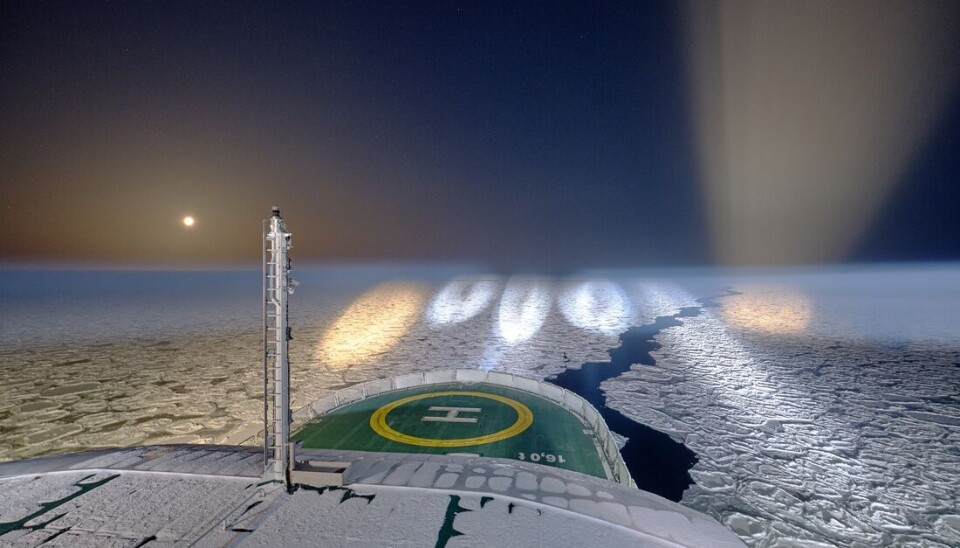THIS CONTENT IS BROUGHT TO YOU BY NTNU Norwegian University of Science and Technology - read more
Researchers were surprised by the huge amounts of carbon in the ocean
The ocean holds much more carbon than all plants and soil on land. This has previously been studied in spring and summer. But now, researchers have looked at what happens during winter.

The ocean contains a lot of dissolved organic material. This is material that comes from plants and animals.
Dissolved organic matter (DOM) is a huge carbon store, much larger than all plants and soil on land. Therefore, it also plays a major role in reducing CO2 in the atmosphere, and thus in climate regulation.
But changes in the climate, and especially rising ocean temperatures in the Arctic, can also change how the carbon in DOM is stored and released.
“Previously, researchers have concentrated on studying conditions in the Arctic in the spring and summer. But we looked at what happens to DOM in the winter, especially in the northern parts of the Barents Sea,” says researcher Maria Guadalupe Digernes at NTNU.
Using advanced chemical methods such as mass spectrometry, she and her colleagues looked at both the amount of DOM and how it was distributed in Arctic regions throughout the year. They also looked at how the material changes.
And here’s where the researchers found something surprising.

No downtime in winter
“In the past, we have thought that winter is a dead time for dissolved organic material. But that’s not the case at all,” says Digernes.
This material actually becomes much more unstable during the late winter and early spring.
“This means that microbes can break down the material more easily,” she says.

That's exactly what happened.
In a study of fjord water from Tromsø, the size of the particles also became smaller. The organic particles thus disintegrate even more than at other times of the year.
In other words, the dissolved organic material decomposes more easily in winter. It forms smaller particles.
Heat can affect seasonality
This is important for our understanding of how carbon stores may change over time, especially as the climate warms.
“It shows that the carbon cycle is active even in winter. We have not known for sure until now," says Digernes.
And most importantly, it matters because the ocean is getting warmer, and the entire balance could therefore change.
“Warmer seas mean that seasonal variations can also be different,” she says.
We do not yet know what consequences this may have.

References:
Digernes et al. Contrasting seasonal patterns in particle aggregation and dissolved organic matter transformation in a sub-Arctic fjord, European Geosciences Union, vol. 22, 2025. DOI: 10.5194/bg-22-601-2025
Digernes et al. Variation in chemical composition of dissolved organic matter during the winter to spring transition in the northern Barents Sea, Marine Chemistry, vol. 270, 2025. DOI: 10.1016/j.marchem.2025.104517
More content from NTNU:
-
Can we tap the ocean’s power to capture carbon?
-
Researchers have uncovered major problems in Norway's salmon industry
-
Why ChatGPT is bad at imitating people
-
Outer space has a trash problem, according to researchers
-
These researchers want quantum computers that work properly
-
If you can hear your neighbour snoring, there’s something wrong with the building you live in





































